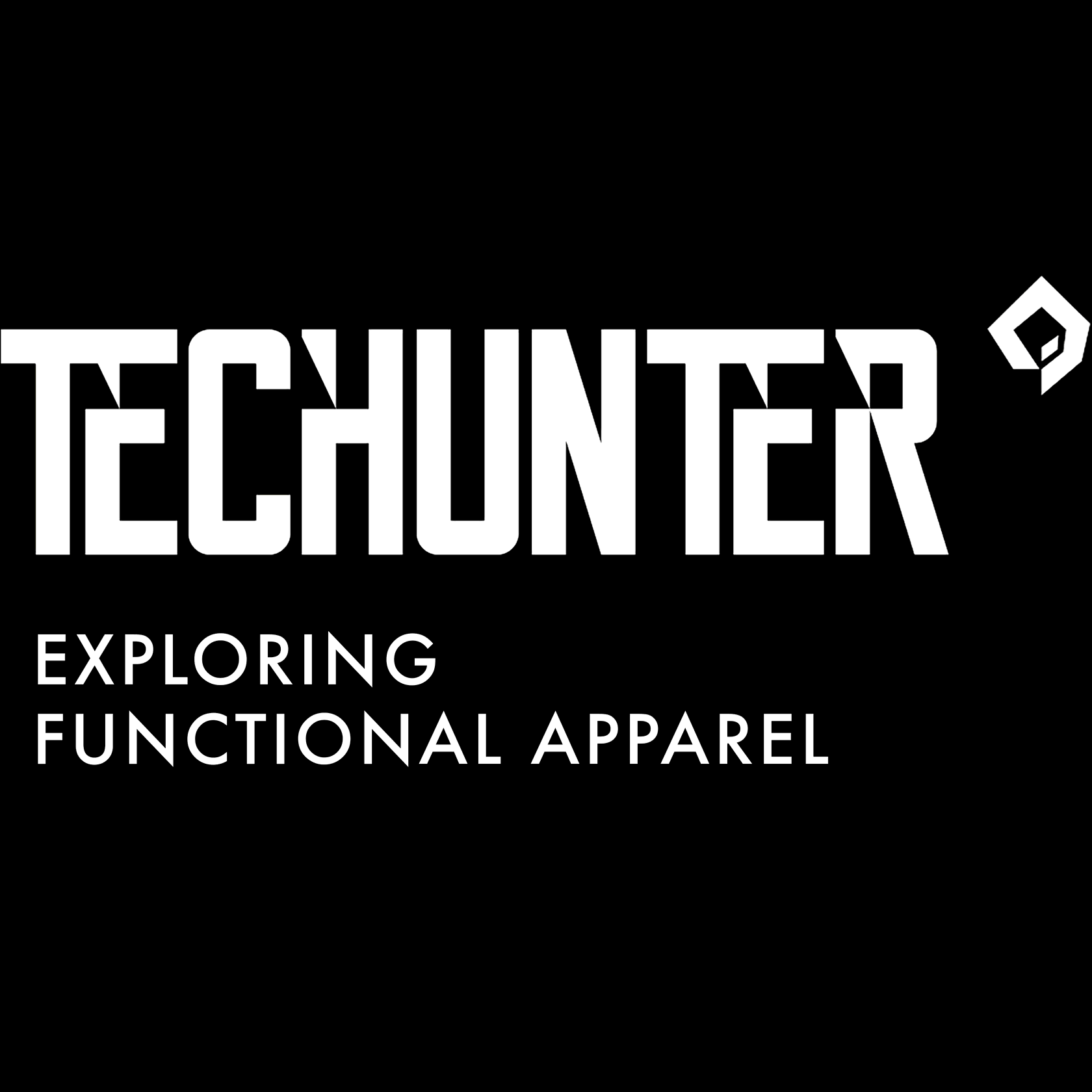
ANAMORPH - Functional Body Equipment [Interview]
Italian architecture, motorbikes, electronic music, and digital landscapes – all of this mixed, interpreted, and packaged into a very exciting new brand of functional clothing – Anamorph.
Meet Gabriele Costantini, founder/designer of Anamorph.equipment and senior footwear designer at Vibram Connection Lab in Milan, who we sat down with to discuss his body of work, lockdown, sci-fi movies, his love for 3D modeling and Metal Gear series.
Meet Gabriele Costantini, founder/designer of Anamorph.equipment and senior footwear designer at Vibram Connection Lab in Milan, who we sat down with to discuss his body of work, lockdown, sci-fi movies, his love for 3D modeling and Metal Gear series.

[TH: How would you describe what you do Gabriele?]
GBR: I am a kid, who is always playing with Lego. As far as I remember, I always loved to build structures, be it vehicles, houses, or abstract objects. I studied architecture and industrial design, and during my spare time, I worked on motorbikes with my friends. When I came to Milan in 2018 it all stopped. I was at the office during work hours and it was hard to adapt. A strange opportunity presented itself in the form of COVID. I had a chance to take my time. For a long time, I wanted to learn new 3D software since I used to model in Rhino and I was interested in Marvelous. Not wishing to waste time stuck at home I started learning it and in about 3 weeks I made 40 items in it. I had a collection on my hands – why not try to make it a reality?
GBR: I am a kid, who is always playing with Lego. As far as I remember, I always loved to build structures, be it vehicles, houses, or abstract objects. I studied architecture and industrial design, and during my spare time, I worked on motorbikes with my friends. When I came to Milan in 2018 it all stopped. I was at the office during work hours and it was hard to adapt. A strange opportunity presented itself in the form of COVID. I had a chance to take my time. For a long time, I wanted to learn new 3D software since I used to model in Rhino and I was interested in Marvelous. Not wishing to waste time stuck at home I started learning it and in about 3 weeks I made 40 items in it. I had a collection on my hands – why not try to make it a reality?
All the things I have to interface with, be it furniture, motorbikes, or houses – I want to try to do my own version of it. The idea behind Anamorph was that – why not continue this urge into clothing?
[Did architectural studies affect your work within product design?]
I always wanted to study architecture since my childhood, but at some point, during my studies, I was not satisfied with being limited to just buildings and houses, thus my passion for product design won over.
During that period I had an opportunity to intern at Vibram, and from there, well, you know the story!
[Did architectural studies affect your work within product design?]
I always wanted to study architecture since my childhood, but at some point, during my studies, I was not satisfied with being limited to just buildings and houses, thus my passion for product design won over.
During that period I had an opportunity to intern at Vibram, and from there, well, you know the story!
[On the topic of your work at Vibram – it is quite the opposite of what you would imagine a student of classical studies in Italy do. How is that?]
I am from Naples and it is probably my engine. It is chaotic, with layers from ancient Greece to the Roman Empire to today.
There is a multilayered accumulation of cultures for over many thousands of years. Naples doesn't have a unique style compared to other popular destinations. All of it made me observant and curious, made me mix and match my interests: classical and electronic music, old silent movies and "Ghost in the shell", etc.
[All of this makes me ask the question: did video games influence your vision for the brand and your work? A lot of posts on your page feel like a videogame character in your clothing.]
Probably you got the most significant point right.
I am from Naples and it is probably my engine. It is chaotic, with layers from ancient Greece to the Roman Empire to today.
There is a multilayered accumulation of cultures for over many thousands of years. Naples doesn't have a unique style compared to other popular destinations. All of it made me observant and curious, made me mix and match my interests: classical and electronic music, old silent movies and "Ghost in the shell", etc.
[All of this makes me ask the question: did video games influence your vision for the brand and your work? A lot of posts on your page feel like a videogame character in your clothing.]
Probably you got the most significant point right.
Video games for a long period were the place to find my own dimension outside the external world. I started playing Metal Gear on PS1 when I was 8. I love Hideo's work. Sketches for their character design are a perfect visualization of aesthetics, proportions, and volumes I want to have in my work. I always bought a new console when the next Metal Gear came out. Another notable game for me was Destiny, by Bungie, who made Halo, which I used to play with my friends. The aesthetics and designs of those games are pure joy for me. Two months before I started anamorph, I and my friend played Death Stranding over the holidays, staying up all night, tracking through the digital mountains, and probably that period influenced me and motivated me a lot in my recent work.
In the past, the public had somewhat of a bad opinion of video games: "it is for the kids and nerds". But now people started to understand the importance of video games and the ability of those projects to tell a story and be pieces of art in themselves. They sometimes can transcend cultures and countries more than any piece of art or film. Everyone can have a personal way of experiencing it, without a need for a deep understanding of some obscure 70-s reference.
In the past, the public had somewhat of a bad opinion of video games: "it is for the kids and nerds". But now people started to understand the importance of video games and the ability of those projects to tell a story and be pieces of art in themselves. They sometimes can transcend cultures and countries more than any piece of art or film. Everyone can have a personal way of experiencing it, without a need for a deep understanding of some obscure 70-s reference.
[Are there any movies or games you would love to design costumes for?]
That's honestly the biggest dream I have. I love the Mad Max series so much, that would be a joy to have worked on. You have to rearrange different pieces from different eras and collect them into a coherent story, using found objects, based on the universe of those films, that could be such an interesting task to try to do.
And obviously all those motorbikes! Another thing would be Dune. Any work by Denis Villeneuve actually.
That's honestly the biggest dream I have. I love the Mad Max series so much, that would be a joy to have worked on. You have to rearrange different pieces from different eras and collect them into a coherent story, using found objects, based on the universe of those films, that could be such an interesting task to try to do.
And obviously all those motorbikes! Another thing would be Dune. Any work by Denis Villeneuve actually.
[How do you integrate 3D modeling software into your process?]
For both shoes and clothing, I start with a sketch. When I find an idea I need to hold it on paper. Only after that switch to 3D software. I'd say the tools affect the way I create: with Marvelous you can not only model a shape, but you can test and simulate the weight of fabrics, stretch, how patterns fit on the body, animate it and see how it performs under tension, and so on. I study all those behaviors and decide how to add the necessary movement into the fabric. For the first 3 jackets I directly printed my patterns from the 3D software. It is very helpful not having to create prototype after prototype physically, saves time and money.
For both shoes and clothing, I start with a sketch. When I find an idea I need to hold it on paper. Only after that switch to 3D software. I'd say the tools affect the way I create: with Marvelous you can not only model a shape, but you can test and simulate the weight of fabrics, stretch, how patterns fit on the body, animate it and see how it performs under tension, and so on. I study all those behaviors and decide how to add the necessary movement into the fabric. For the first 3 jackets I directly printed my patterns from the 3D software. It is very helpful not having to create prototype after prototype physically, saves time and money.
[How does your work for Vibram and on your own brand compare?]
I'd say they are very similar in approach. The Connection Lab is a strange place in a good way. Sometimes B2B work can be a routine in other places, but in the Connection Lab I can bring all of my ideas to life: we have all the technology in-house and our team provides us with all the tools to just express ourselves. In some ways I have even more freedom at Vibram than in my own project: for Anamorph I have to come back to reality and plan the costs and so on to produce my garments. I can't say there are no limits at all in my work at the Connection Lab, of course, but it is very much a dream come true.
I'd say they are very similar in approach. The Connection Lab is a strange place in a good way. Sometimes B2B work can be a routine in other places, but in the Connection Lab I can bring all of my ideas to life: we have all the technology in-house and our team provides us with all the tools to just express ourselves. In some ways I have even more freedom at Vibram than in my own project: for Anamorph I have to come back to reality and plan the costs and so on to produce my garments. I can't say there are no limits at all in my work at the Connection Lab, of course, but it is very much a dream come true.
[Is there a brand identity you want to establish or it is more of an expression of your ideas in the apparel side of design?]
All of my garments start as something that can accompany you in your everyday life. In my mind I want to make different lines of products: when I design a garment I have an activity for it, and the movement for that specific task. To start the brand I decided to do urban and everyday outfits, but down the line, I am planning to create a specific moto line with materials and special solutions for that. There is a line in the work for a technical outdoor, and so on. I want to try all of those fields and apply my experience and expertise to them. All of those garments will have a specific use case in mind but will work on a daily basis.
All of my garments start as something that can accompany you in your everyday life. In my mind I want to make different lines of products: when I design a garment I have an activity for it, and the movement for that specific task. To start the brand I decided to do urban and everyday outfits, but down the line, I am planning to create a specific moto line with materials and special solutions for that. There is a line in the work for a technical outdoor, and so on. I want to try all of those fields and apply my experience and expertise to them. All of those garments will have a specific use case in mind but will work on a daily basis.
[What is the material selection for your brand?]
I don't want to focus on just 3 or 2 layered membranes, as there are plenty of clothes out there for that. I want to make garments that you always love to wear: in the mountains or at home on the sofa. Now I have an opportunity to explore a lot of different textiles. I had some experience with knitted uppers for shoes for example, and I want to try that technology in my clothing. I personally love super lightweight garments, since here in Milan we have really hot weather during spring/summer. With the world heating up I feel like functional clothing for hotter regions will become a priority for many, so better start preparing now. The clothing also has to be adaptable to the wide temperature fluctuations, which most pieces on the market are not. For example here in Italy, we have mountains behind the sea, so during the day you could have 35C in the city, go to the mountains where it is much colder and windier and later in the day come back to the sea and have a totally different temperature.
I don't want to focus on just 3 or 2 layered membranes, as there are plenty of clothes out there for that. I want to make garments that you always love to wear: in the mountains or at home on the sofa. Now I have an opportunity to explore a lot of different textiles. I had some experience with knitted uppers for shoes for example, and I want to try that technology in my clothing. I personally love super lightweight garments, since here in Milan we have really hot weather during spring/summer. With the world heating up I feel like functional clothing for hotter regions will become a priority for many, so better start preparing now. The clothing also has to be adaptable to the wide temperature fluctuations, which most pieces on the market are not. For example here in Italy, we have mountains behind the sea, so during the day you could have 35C in the city, go to the mountains where it is much colder and windier and later in the day come back to the sea and have a totally different temperature.
You should be able to have a garment with you that is modular and transformable to the situation you find yourself in, morphable if you will.
[Can you name one material you want to experiment with and one you know you won't even touch?]
I hate concrete. I was always an iron and wood type of architect.
When it comes to garments I lean towards more natural fibers and biodegradable materials. The issue is that most 2 and 3-layer fabrics are full of plastic, and I am on the lookout for a natural membrane that can perform on par with the "typical" and known staples.
I don't have enough experience right now to say I won't use a particular material right now, but generally speaking, I want to stay away from heavily polluting materials.
[Can you name one material you want to experiment with and one you know you won't even touch?]
I hate concrete. I was always an iron and wood type of architect.
When it comes to garments I lean towards more natural fibers and biodegradable materials. The issue is that most 2 and 3-layer fabrics are full of plastic, and I am on the lookout for a natural membrane that can perform on par with the "typical" and known staples.
I don't have enough experience right now to say I won't use a particular material right now, but generally speaking, I want to stay away from heavily polluting materials.

We can't be more excited for what's to come from Anamorph equipment and other ventures Gabriele undertakes, as he has proven his knack for great functional and thoughtful design throughout his career. Follow Anamorph, check out their recently launched website, and support independent designers and their work.
To learn more about Gabriele's work, check out our exploration of the recent Vibram x Slam Jam "Post sneaker" and other relevant materials via the link below.
To learn more about Gabriele's work, check out our exploration of the recent Vibram x Slam Jam "Post sneaker" and other relevant materials via the link below.
Questions, words: Ivan Dzhatiev [TECHUNTER, creative director].
Answers: Gabriele Costantini [ANAMORPH, founder/designer; VIBRAM Connection Lab Milan, senior footwear designer].
Edit: Ivan Dzhatiev [THM].
Layout: Alex Zabelin [THM].
Ph: Anna Abet – project manager/co-founder/ photographer of UALAB SRL.
Answers: Gabriele Costantini [ANAMORPH, founder/designer; VIBRAM Connection Lab Milan, senior footwear designer].
Edit: Ivan Dzhatiev [THM].
Layout: Alex Zabelin [THM].
Ph: Anna Abet – project manager/co-founder/ photographer of UALAB SRL.



